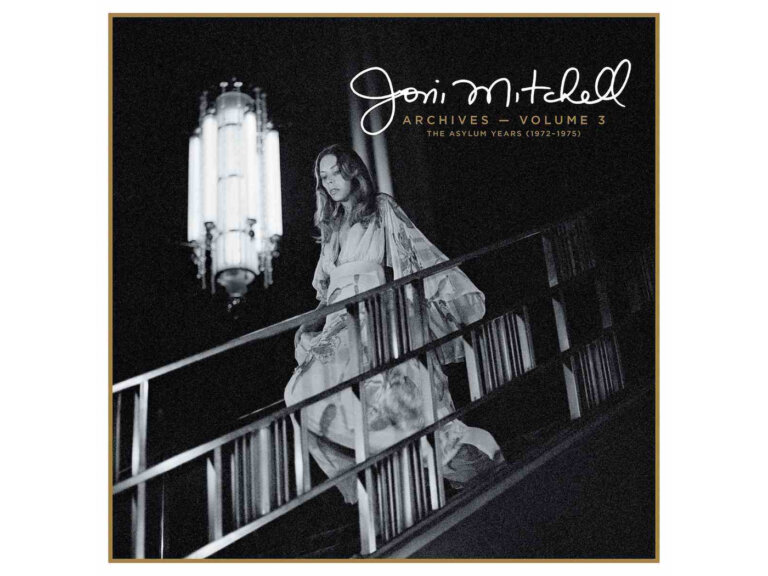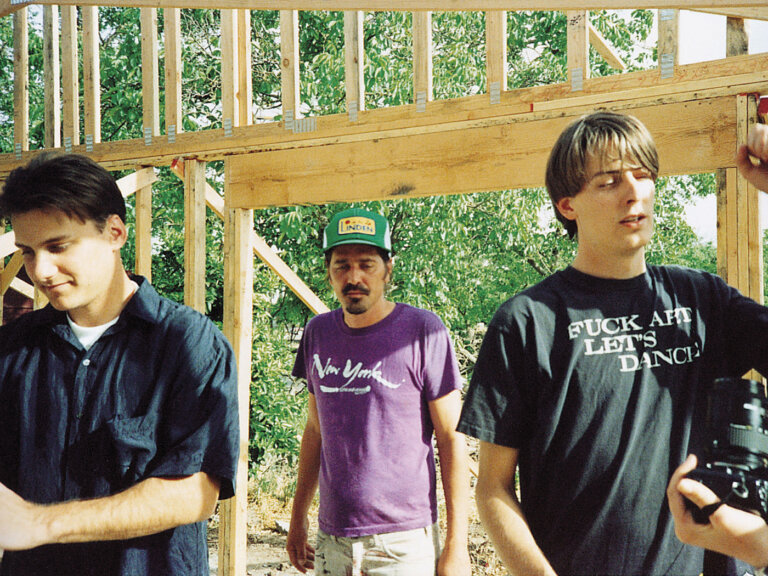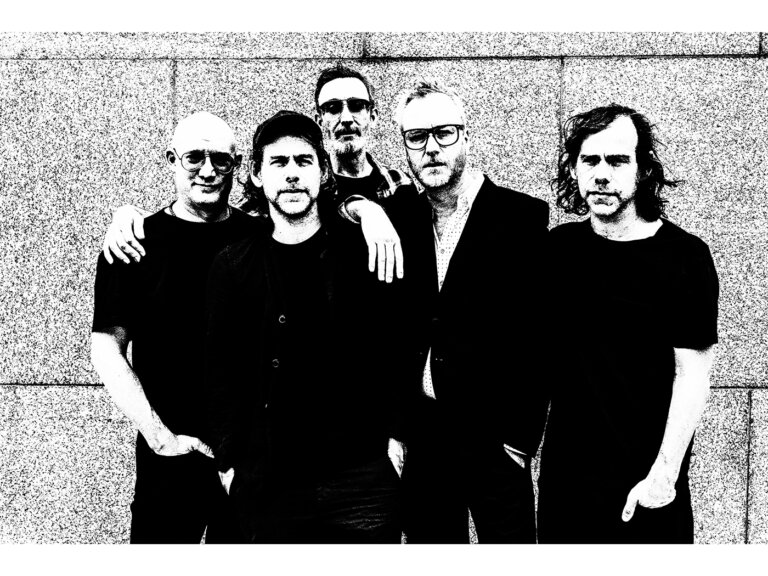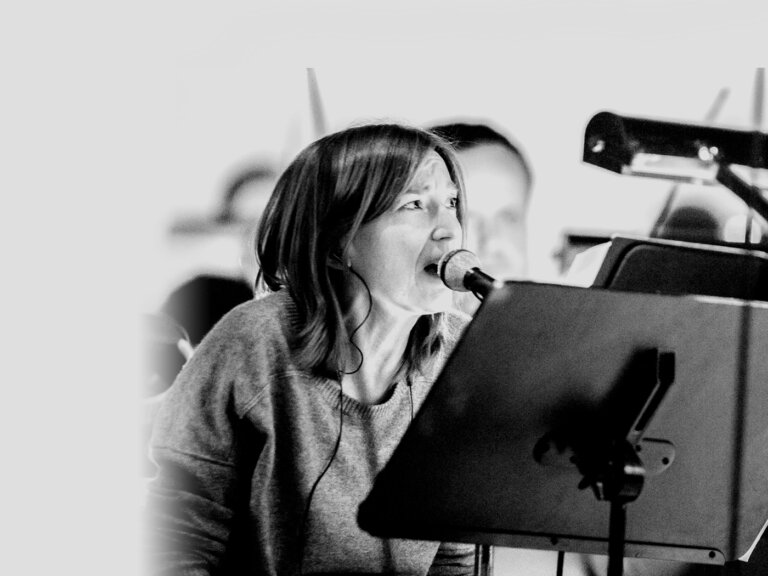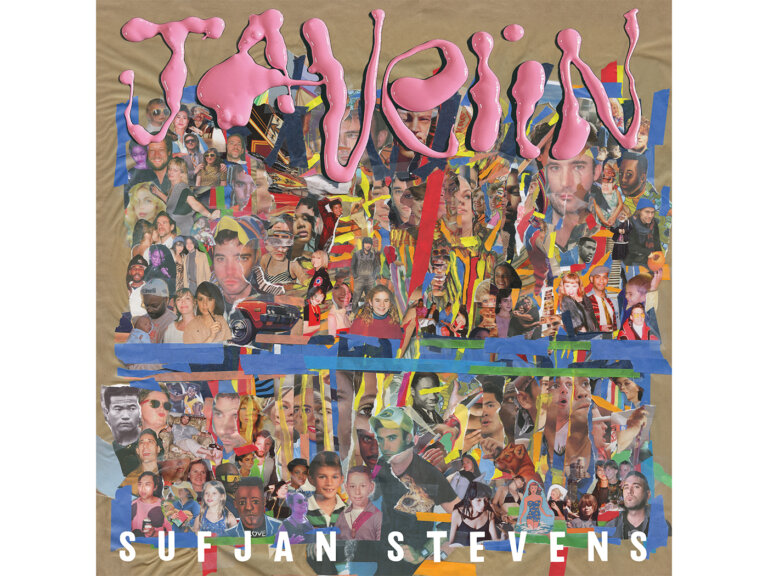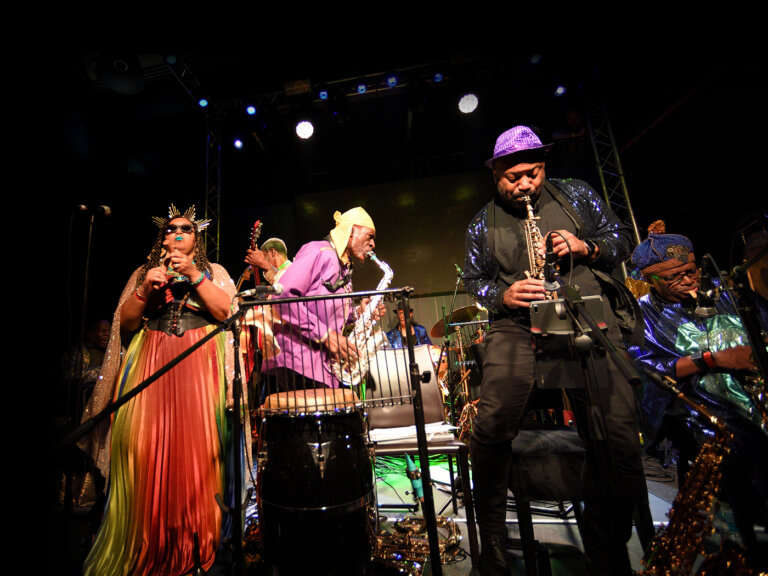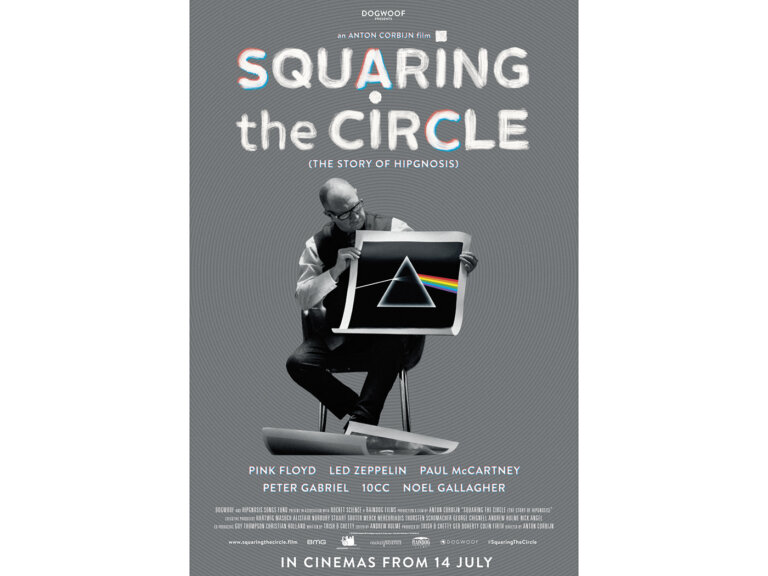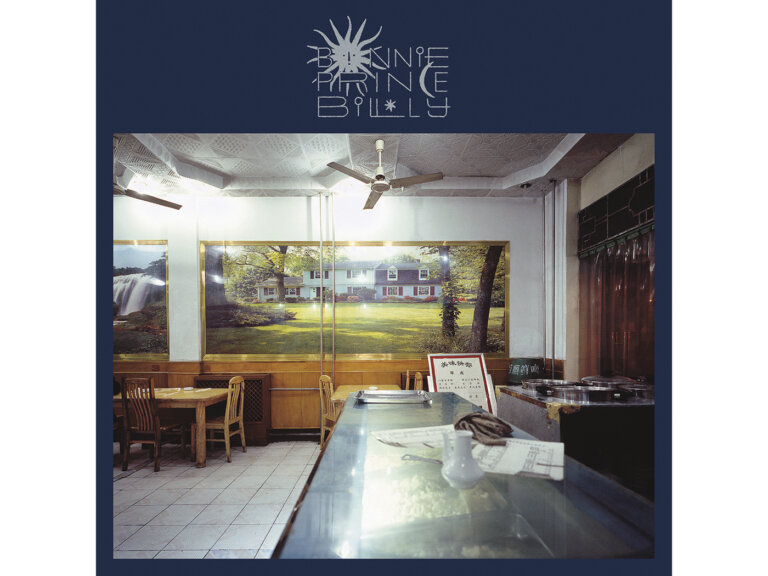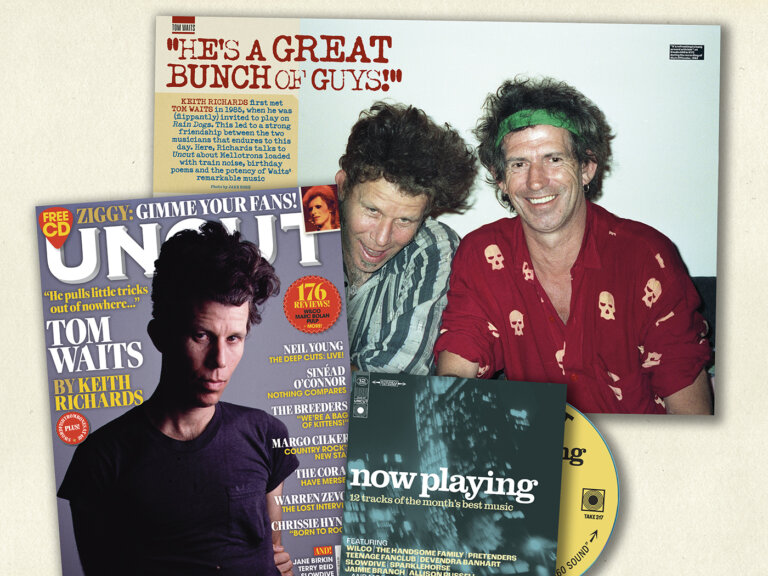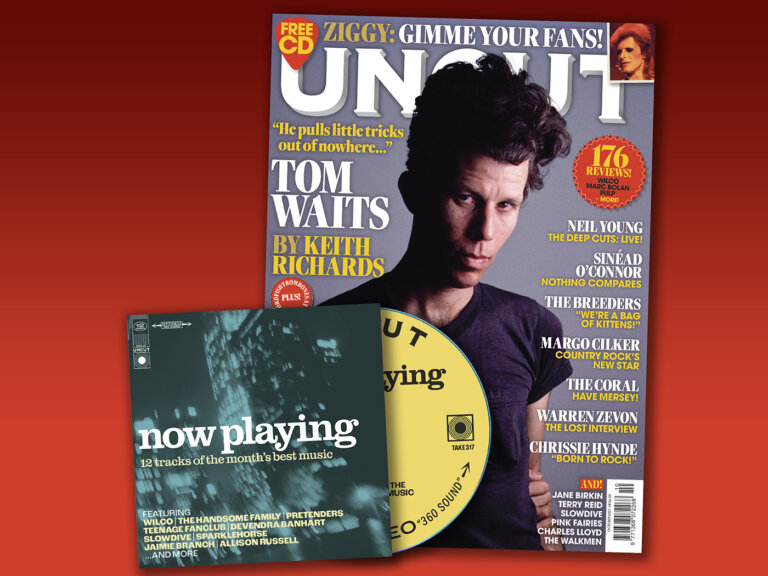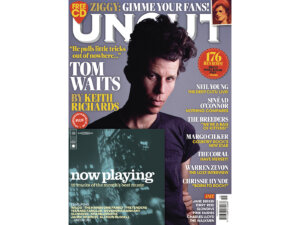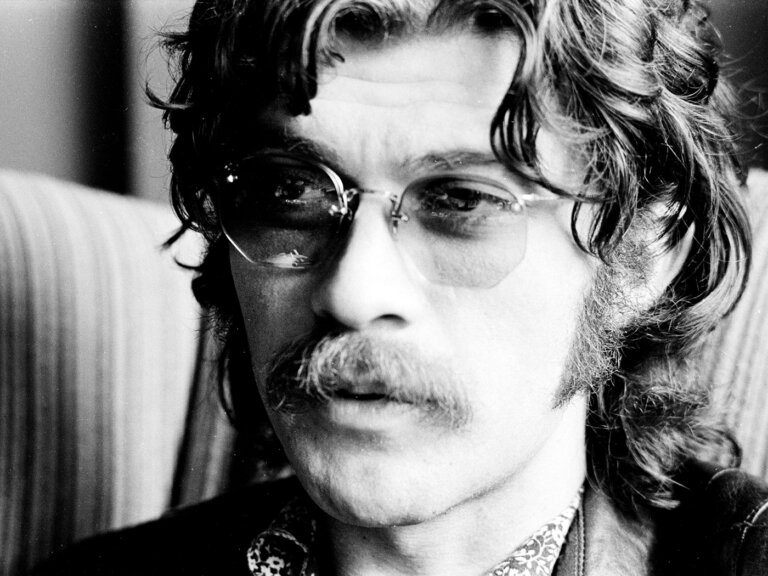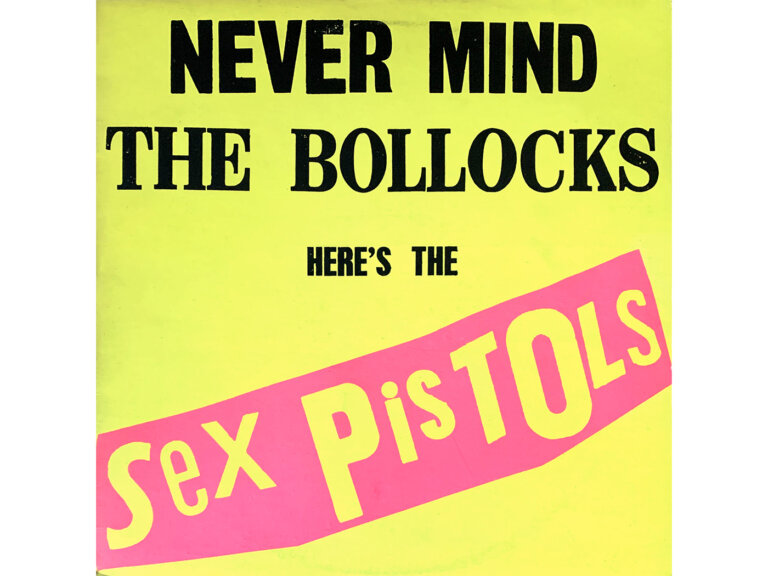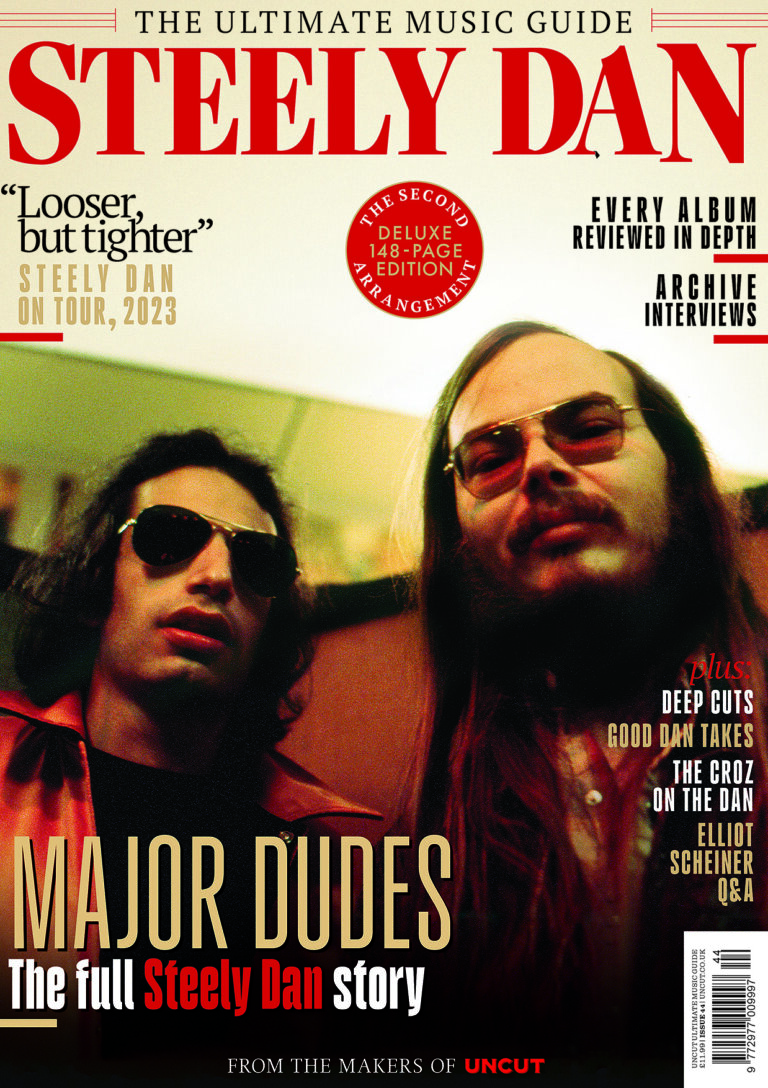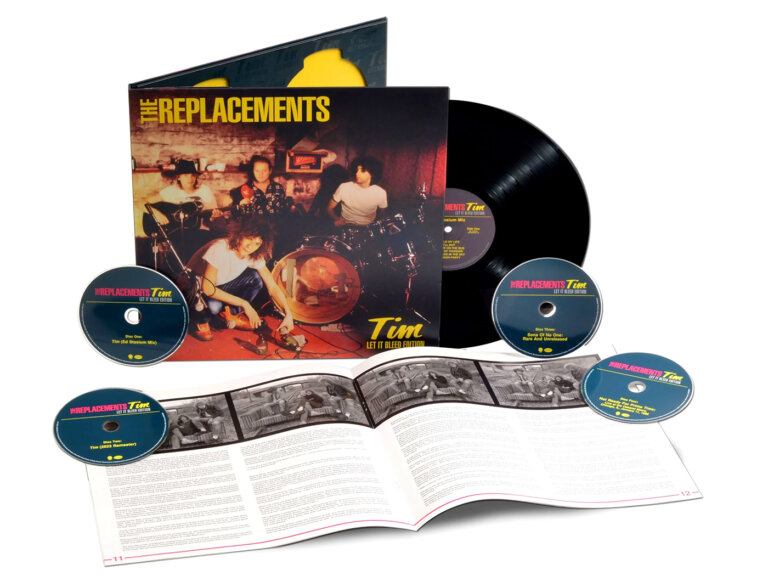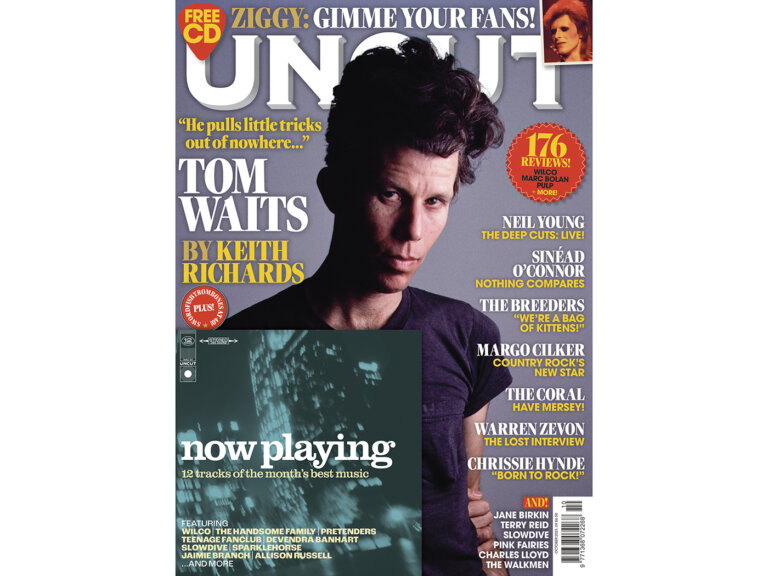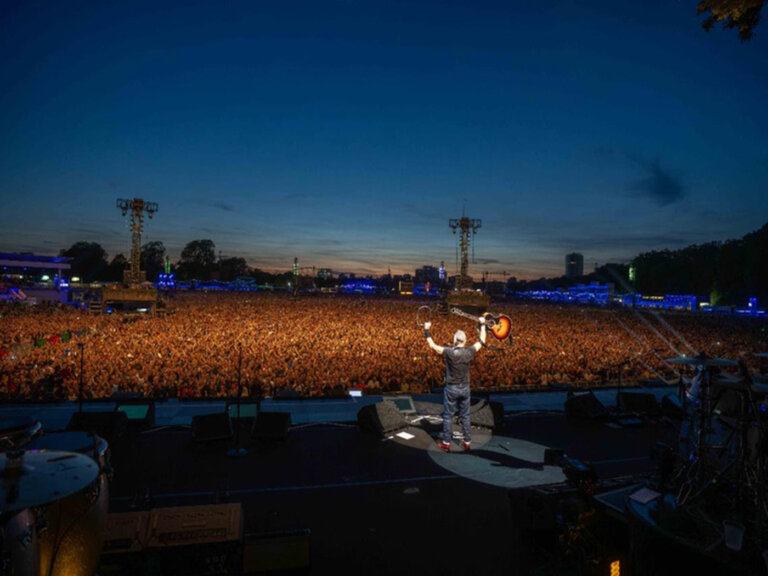As a tribute to Robbie Robinson, who has died aged 80, Uncut revisits our final interview with him, from our October 2019 issue.
In 2019, Nick Hasted interviewed Robbie Robertson for Uncut about Sinematic – his first solo album in eight years. Also up for discussion were his upcoming soundtrack for his old friend Martin Scorsese’s new film The Irishman and two Band projects: a reissue of their second album and the documentary, Once Were Brothers: Robbie Robertson And The Band. Now read on…
Robertson is in the process of addressing the weird logistics in his current workload. There is a new solo album, Sinematic – his first since 2011’s How To Become Clairvoyant – as well as a score for The Irishman, the forthcoming gangster film directed by Robertson’s old housemate, Martin Scorsese. But despite such exciting current projects, the past is never too far away. The Band story continues to beguile. First, a new documentary, Once Were Brothers: Robbie Robertson And The Band – based on Robertson’s 2016 memoir, Testimony – opens the Toronto International Film Festival on September 5. A 50th anniversary boxset of The Band’s second album arrives a few months later, in November. Fortuitously, Robertson is not only at ease managing these multiple career strands simultaneously – he is, it transpires, equally comfortable sharing candid memories from his earlier life. A wide-ranging conversation with Robertson will cover his role in the collapse of The Band – “I stopped herding cats” – and heavy times living on Mulholland Drive with Scorsese – “We crossed the line.” But Robertson will also acknowledge the magic at work in the music he has been making for more than 50 years – and the deep friendships forged along the way. “I love Dylan like a brother,” he acknowledges. Indeed, Robertson reveals that a new collaboration with Dylan may soon be added to the slate. There are other long-standing
conspirators, too – Van Morrison, who duets with Robertson on Sinematic’s opening track, “I Hear You Paint Houses”, is “hilarious – he cracks me up”. Meanwhile, Robertson attests that his creative relationship with Scorsese is “right up there” with Dylan and The Band.
Talking of Scorsese, Testimony concluded with The Last Waltz – the director’s film of The Band’s final concert at Winterland Ballroom in November 1976. Robertson reveals that a follow-up volume is imminent. “This next book is heading into the fog,” he promises. “I go into great detail on the destruction and magic that went together during that [late-’70s] period. There was a long time when I didn’t want to talk about it. I could only see gloom. I didn’t understand why people would be the way they were.”
“When The Band separated in 1976, it was supposed to be a time for healing,” he continues. “For each of us to look in the mirror and say, ‘I’ve got to have respect for this extraordinary experience and this wonderful music that we’ve been able to make together.’ We created something that changed the course of popular music. Some of what happened
afterwards was just part of a natural evolution. Individuals have different dreams, and you separate off to follow them. Now when I can look back and write about it, it’s so much easier to acknowledge the necessities of what happened.”
Although his bittersweet glory days with The Band are taking up much of his time in 2019, Robertson seems not to mind. “It was something that was so strong. I’m completely satisfied with it,” he says of his old group. “And with the documentary Once Were Brothers, you know from the title that it’s not just to do with The Band. It’s a lot to do with Dylan. It’s joyous and moving. It is from the heart. So I’m feeling very good about that. I’m feeling very good about Sinematic. I’m feeling very good about The Irishman, and the 50th anniversary of The Band album. So, no, I don’t think about unfinished business.”
UNCUT: Sinematic covers a lot of deep ground. Did working on Testimony and Once Were Brothers put you in reflective mood?
ROBBIE ROBERTSON: I think there was a sense of freedom after Testimony. It made me feel more comfortable about reliving some stuff. Also working on The Irishman and then Once Were Brothers came together in a nice gumbo. For this record, I felt a freedom to let everything come together. Do you try to keep all these projects separate, or does one
naturally inform another? I’m drawn to it. A prime example of these things bleeding into one another is “I Hear You Paint Houses” – which is the name of the book The Irishman is based on, I Heard You Paint Houses. It’s a strange expression. It means, “I hear you kill people” – to paint houses is the splattering of blood. Van Morrison was in Los Angeles, and we usually get together when he’s in town; he’s a dear old friend. I went back to my studio and played the song for him. The next thing I knew, he had a microphone in front
of him, I showed him the words. He just nodded and said, “All right. Let’s go!” So we sang a duet. It was a fun, instant, crazy collaboration. You get them sometimes, but not often enough.
Has Van changed much since you first met him in the ’60s?
I don’t know… I do know that he pulls no punches when talking about something or somebody. He’s very deliberate and honest in his opinions. But to me it’s wonderful, his nature. I’ve just known it so long and I embrace it. It’s just edgy. I find Van hilarious – he cracks me up!
On “Let Love Reign”, you sing about “this beautiful broken world” – though the overriding message seems to be one of peace and optimism. Is that a throwback to the spirit of the ’60s?
It was inspired by John Lennon’s call for peace. People say that dream completely died and fell apart inside. But, no, I don’t believe it did. It’s the basis for the best of things. That generation, who came of age during the late ’60s and early ’70s, stood up and helped stop a war. Love won. Peace won. We hope that that will continue. I was driving in LA one day and “All You Need Is Love” came on the radio. I know it’s a naïve thing, but I thought, ‘You know what? That’s going to live forever.’ This other shit is going to be here and gone.
“Dead End Kid” seems to address a fundamental part of your life with the line: “I remember where I started from.” Is that the case?
“Dead End Kid” was an expression that was around when I was growing up for someone who gets in trouble all the time. Part of my family came from the Indian Six Nations Reserve. It was really tough to get anywhere if that was your background. On the other side, there were mostly Jewish gangsters. Even when I joined Ronnie Hawkins when I was 16, I clearly remember him telling me, “You’d be doing time if I hadn’t hired you.” I’d laugh and go, “Oh, no, no.” But there was definitely a good chance that I could have just gone down the wrong street one night.
With that background, did you feel like an outsider?
I don’t know. Because when I stumbled into music, that happened on the Indian reserve. All my relatives, cousins and uncles and aunts seemed to play instruments. But I was drawn to the guitar because of cowboy movies. When my parents got me my first guitar, it had a picture of a cowboy on it. It was the Indians on the reserve who taught me how to play.
So the Six Nations Reserve was critical in developing your early musical life?
First of all, when I was very young, and we would go from the city, Toronto, to visit the relatives, I thought, ‘These people, they’ve got it made. They know how to live.’ Because they had this connection with the wilderness and the earth. They know how to grow things and make a weapon in a minute, and they all carry knives. Everybody played music, and knew how to run into the fields and pick wild strawberries. There was a beauty to that, and to the waterways that they swam. So I grew up thinking they had it made. It wasn’t ’til years later when I heard people say, “Oh, it’s really too sad about the Indians.” I slept with all of my cousins in their rooms. I was an only child, and they’re all together, and I’m thinking, ‘This is fantastic. You don’t have to feel like you’re alone.’ There was that part of it. There was the music it afforded me. There was a sense of my own heritage in my mum, which I carry with me.
“Beautiful Madness” touches on your time living with Scorsese in the late ’70s. The lyric refers to Nic Ray’s film Bigger Than Life, about a man whose life spins out of control after he becomes addicted to a drug. Was James Mason’s character in that film someone you identified with back then?
[Laughs] Perhaps! I was watching it with an eye like, ‘Jesus, that guy’s crazy!’ At the same time, you’re right – it probably was me saying, “I know how he feels!” In the ’60s and ’70s, there was a definite madness in the air. At that time, Martin Scorsese and I would watch movies all the time. Bigger Than Life was one of them. I thought, ‘I like riding close to the edge. But I don’t want to go over.’
During that period, you and Scorsese were bachelor coke fiends living in an unfurnished apartment with blackedout windows. The song sees this period as a critical stage in your relationship…
Yep, that’s very true. Earlier on, I might have thought, ‘Holy shit, man – we’re lucky we’re still alive.’ I could have dwelt on that. But now, when Marty and I talk about this, it’s with a certain amount of joy. We know it got dark. But most of the time when we revisit this in our memories, it’s with a bit of a smirk. ‘That was dangerous. But, boy… that was fun!’
How does your 40-year creative partnership with Scorsese compare with your other significant relationships – with Dylan and The Band?
It’s right up there. Sometimes Marty will say, “I have no idea of what music we should have with this.” Then with another movie, he’ll go, “I have one idea that I think might work.” It circles us with possibilities, the circle gets narrower, and then I’ll experiment and I’ll send him some ideas. Sometimes, I’ll send him music that already exists, that goes completely against the grain of the movie, and it works like magic. Sometimes, I’ll write a new piece. Marty says, “So long as it doesn’t sound like movie music.” That’s rule No 1. I sent him the last piece of music for the film last Friday. There was a scene that reminded us of some French gangster movies. So I worked with an amazing harmonica player from France, Frédéric Yonnet. The music’s a particular thing that’s hard to describe, even when you see and hear it. People around Marty said, “God, this music’s incredible, but I don’t know what it is.” And I’m like, “Good.”
You’ve also got the 50th anniversary of The Band album coming up. You recorded that in Hollywood. How much did the setting – the heat and sunlight – impact on the sessions?
We went there because the weather in Woodstock was getting in the way of the work. It was a survival instinct – we’ve gotta get out of this ice storm! So the decision to go to Hollywood was born of convenience. Once there, we created a world in Sammy Davis Jr’s poolhouse – it was like going into another dimension. The music we made was almost the opposite of our surroundings. I don’t know how much impact Hollywood had – although some of these songs were like little movies in themselves. I’d always had an addiction to movies.
Listening to The Band now, the balance between the five of you seems so effortless. Did the writing and recording flow just as naturally?
It wasn’t a breeze at all. We had to work hard to get to a place where we were satisfied with the stories we were telling, and staying true to the music that accompanied them. We tried things that didn’t work at all, and had to stop. But the process was that we would head into the pool-house around noon, and I would play the guys a new song on the guitar or piano. With the guys, we were always looking for a clue, a starting place. Nobody wanted a jam session that turned into a song. I wanted it to feel like it was growing out of the ground. So I would teach the guys the song. Everybody would learn the chord progression and we’d mess around with the tempo, trying and suggesting different things to one another. Then we would have dinner up at the house, where my mum did some of the cooking. Later, we’d come back down and start recording. We’d usually get the song to a place that we knew it. Then, after sleeping on it, we’d nail it. It was a process of learning, digesting, imagining – a ritual that led to this kind of musicality.
Is that album still a career highpoint for you?
You know, everything changed… Some of the guys in The Band started experimenting with heroin. Heroin separates you. Without that particular togetherness in this group, it wasn’t possible to stay in the same huddle. By the time we made Stage Fright, it had a few of the best things I wrote. But it was extremely difficult after that. So things go. When I look back on it, it was part of the journey. We were on a path, and we found something extraordinary, as much as any group in history. I’ve put together this 50th-anniversary package to commemorate The Band. It is a toast.
For years, you were cast in the McCartney role: your bandmates resented you for it and then blamed you for splitting the group. Those accusations must have hurt you.
That I split the band up? That wasn’t the plan. There was a specific occasion when we were going to move forward. I showed up, but none of the other guys showed up. OK. I get the picture. At that point, I stopped trying to force something to happen. The idea was that everyone was going to do their own records, then we were all going to come back together. Hopefully, everyone was going to get a little healthier too. You could see that The Band was a wounded animal, it needed to heal. During that period, it wasn’t happening. I have to be creative, and work, so I went on my mission, doing what came naturally to me. We were in touch, all of the guys, but there was a distance.
Rick [Danko, bassist/singer] called me, “Listen, all of the guys wanna go and play gigs and make some money.” But I knew nothing had changed. I said, “I can’t do it. I’m afraid something bad is going to happen out on the road.” Sure enough, Richard [Manuel, singer/pianist] died. Then some years later, Rick died
There’s a line in the song “Once Were Brothers”: “We already had it out between the North and the South/ When we heard all the lies coming out of your mouth.” Does that refer to the accusations Levon Helm made about you in his memoir, This Wheel’s On Fire?
Levon’s story wasn’t going the way he thought it was going to go. He used to blame Albert Grossman, accountants and lawyers. It was always somebody else’s fault when something happened he didn’t like. Finally they were all gone and it was me. I wasn’t surprised. To say it wasn’t hurtful wouldn’t be true. I knew some of the things he was saying were made up and ridiculous. I never responded. At that point, I felt like the brotherhood didn’t have hope. The guys were dying; it was just heartbreaking to me. When Levon died – and I got there before he died – it tore me in half. He was the closest thing I ever had in my life to a brother. I didn’t need anything from him. I had what I needed years earlier. I was never angry with Levon. So like you were saying, part of that is in the “Once Were Brothers” track. It was just a way of me expressing how much I miss the brotherhood.
Do you think much about Rich and Richard?
Yeah. I think about the guys all the time. We spent a lot of time together, and made a lot of magic. Garth [Hudson, keyboardist] has his health problems, and so does his wife. I’m afraid about Garth. I just want him to be OK. I love him. The story of The Band is incredibly uplifting on some levels, incredibly sad on others. But that’s the way The Band’s music is, too.
When did you last see Garth?
The last time Garth and I met was when The Band were inducted onto the Walk of Fame in Toronto. I’d like to see him again, but he’s a bit of a recluse. He’s not just hanging out. I’ve got to plan a good occasion to go visit him. I’ve spoken to him on the phone since. We don’t talk about stuff from long ago. We talk about now. He had moved into a new place, still up in the Woodstock area. I was asking him about the new pad and he was telling me about some new equipment things he was working on, and just how he was doing. But Garth’s getting up there in years. We all are, and I hope he’s going to be OK.
Dylan was there at the start of The Band – and the end, too. When were you last in touch with him?
Last week! Bob saw the documentary, and he called me and told me that he loved it. And then we talked about some new songwriting that we might work on together. I was leaving the day after he called. So I said, “I’ll give you a shout as soon as I get back, and we’ll take it from there.” We’ll see. You couldn’t make up the story of the experience that I’ve had with Bob over the years. It is priceless. I hope we get to cause more trouble together.
How do you balance maintaining The Band’s legacy and the need to move forward with new work?
I don’t take up a lot of time on yesterday. I’m in the moment, the challenges of the work I want to do keep me occupied, and there are so many discoveries going on. To accept the challenge that’s on next really keeps the blood moving. I’m just not bogged down in the past. •


